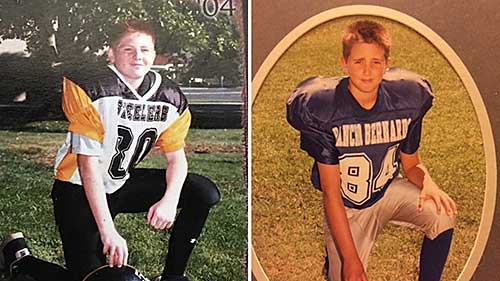
As one of the most commonly discussed topics in sports today is the well-being of athletes. The stresses on the body and mind often become second to the ‘spectacle’ and with the massive sums of money involved. However, we may be on the verge of a major breakthrough in the way that athletes are treated with regards to head and brain injuries.
This is because of a landmark case involving Grossmont Union High School. The school has agreed to pay around $7.1m to settle a case with a former student. The boy, a football player, was left with permanent brain damage due to coaching staff failing to notice a concussion post-game.
The student, Rashaun Council, a 14-year-old freshman who played for Monte Vista High School’ football team, was diagnosed with concussion following a game in October 2013. The suit alleges that there was no call for medical assistance after Rashaun showed symptoms of concussion despite training on the coaching staff to spot such issues.
Filed in July 2014 the complaint looked to show Rashaun as a bright, capable and athletic student with high potential, achieving a 3.9 GPA and a promising history as a track and field all-star.
Supported by Brian Gonzalez, the family lawyer, Rashaun is now en route to graduating at the age of 19 following a period of recovery. He’s now at Clairemont High, which has a special program for those who suffer from brain injuries.
Gonzalez said that Rashaun is “the hardest working, inspirational individual I’ve known” and added that: “To go from being in a comatose state with concern about whether he’d be able to walk or talk again to be in a position where he’ll be graduating from high school in June, it’s a miracle,”
A teammate informed his coaches that he was playing well and that he should come out. The coaches, though, “shushed him” according to a deposition which was cited from March 2017. Rashaun appeared to be sick and was vomiting after the game, and informed his coaches that he had a headache. According to court documentation, Rashaun answered a series of questions “correctly and coherently” but the judge determined that there was a question about whether or not medical aid should have been called after learning of headaches and vomiting.
Rather than call 911, the coach called Rashaun’ mother. His father, Terry, arrived to find Rashaun slumped over on the ground, covered in his own vomit. Diagnosed with a subdural hematoma and a concussion, he underwent emergency surgery to relieve brain pressure.
Gonzalez said this was the first of many surgeries for Rashaun, including being placed in a medically induced coma. Nine months after the incident, the lawsuit was filed. At the time of filing Rashaun could not walk and was only just coming off his ventilator. Still suffering from vision issues today, which could stop him from driving, the suit is a landmark case that protects players from damage.
For football players & fans, this could spell a major change in rulings for years to come.




